Search
To search for an exact match, type the word or phrase you want in quotation marks.
A*DESK has been offering since 2002 contents about criticism and contemporary art. A*DESK has become consolidated thanks to all those who have believed in the project, all those who have followed us, debating, participating and collaborating. Many people have collaborated with A*DESK, and continue to do so. Their efforts, knowledge and belief in the project are what make it grow internationally. At A*DESK we have also generated work for over one hundred professionals in culture, from small collaborations with reviews and classes, to more prolonged and intense collaborations.
At A*DESK we believe in the need for free and universal access to culture and knowledge. We want to carry on being independent, remaining open to more ideas and opinions. If you believe in A*DESK, we need your backing to be able to continue. You can now participate in the project by supporting it. You can choose how much you want to contribute to the project.
You can decide how much you want to bring to the project.
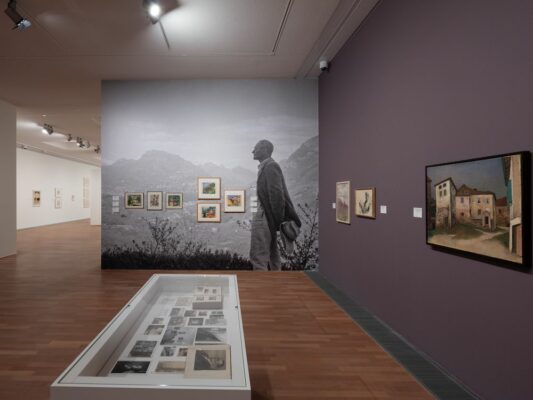
In the cartography of contemporary Swiss art, few names trace as clear a bridge between local experimentation and global resonance as David Weiss (Zurich, 1946–2012). The exhibition David Weiss. Il sogno di Casa Aprile. Carona 1968–1978 at the Museo d’arte della Svizzera italiana (MASI) in Lugano not only revisits the artist’s legacy but also illuminates the creative hub that revolved around Casa Aprile—owned by Meret Oppenheim, an iconoclastic figure of Surrealism sidelined for decades by the movement’s machismo and a transdisciplinary inspiration for future generations—and her brother Burkhard Wenger. It was here that the young Weiss, before becoming one half of the legendary duo Fischli/Weiss, exchanged lodging for renovation work and took part in a utopian community where art was, above all, a daily practice and collective act. Casa Aprile, later managed by Christoph Wenger, became a meeting point for writers, thinkers, and artists who accompanied Weiss during his formative decade
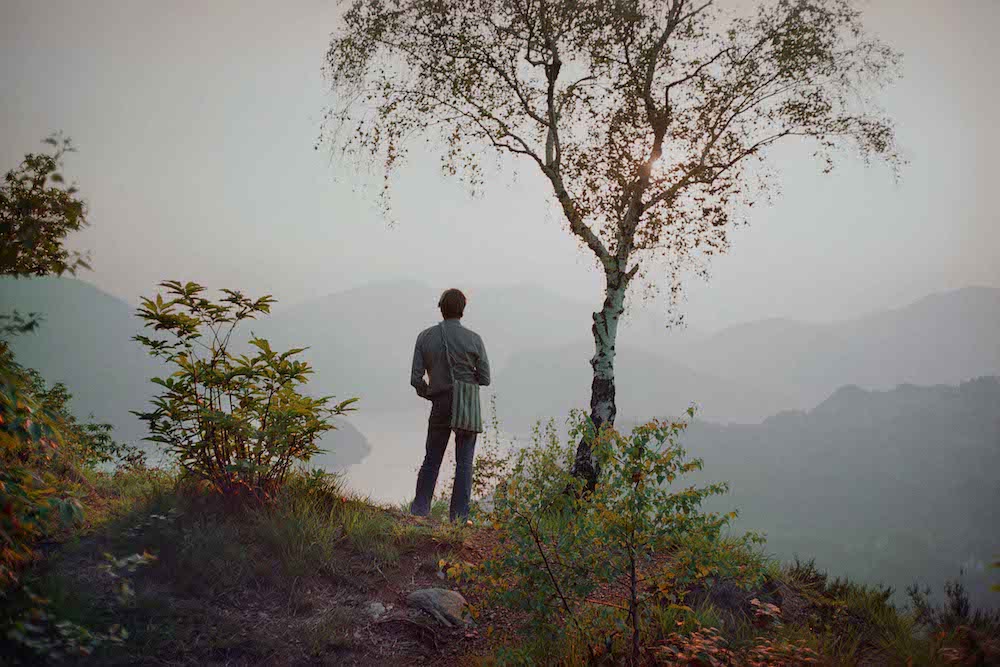
The exhibition, bringing together over two hundred works—including drawings, notebooks, photographs, letters, and sound recordings—reveals Casa Aprile as a true utopian laboratory. Far from a simple residency, it was a space where everyday life and artistic practice merged into one, and where collaboration was the marrow of the creative process. Alongside Weiss, a diverse community—including names such as Urs Lüthi, Anton Bruhin, Matthyas Jenny, and Willy Spiller—shared not only space but also concrete projects like Lazy Days (1974) or Bruhin’s Carona Soundscape. It was here that Weiss, before forming the Fischli & Weiss duo (1976), developed that unique sensitivity for transforming the trivial into the poetic and the ephemeral into the permanent. This often-overlooked period demonstrates that Weiss’s work was nourished by constant dialogue with peers and shared spaces, where the architecture of the house and the Alpine landscape acted as catalysts for creativity.
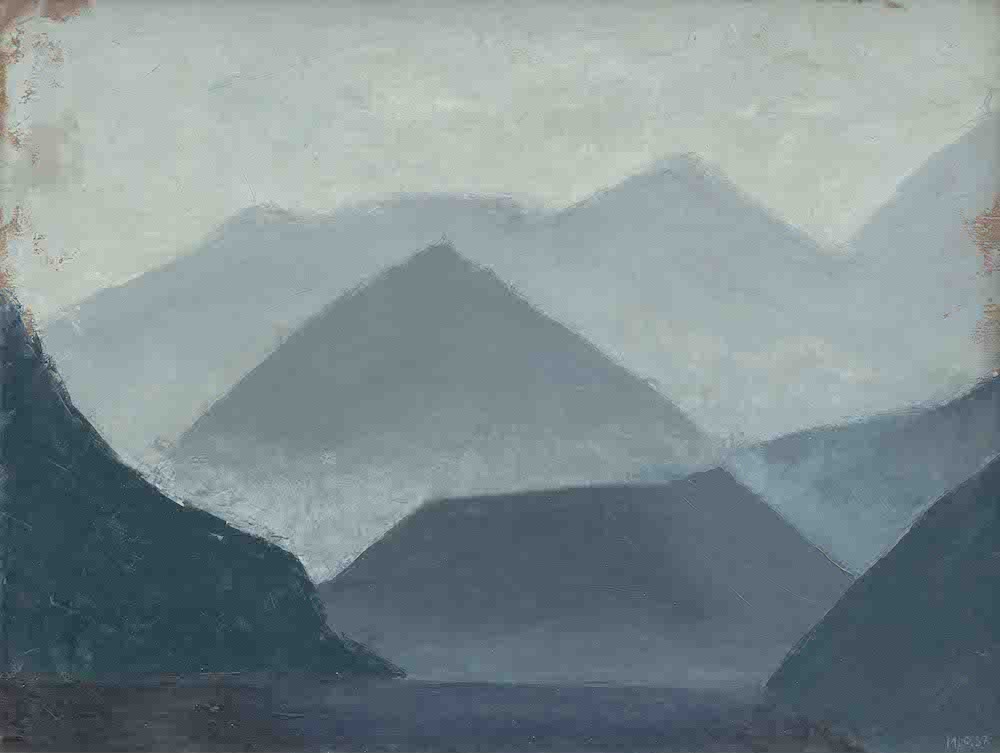
The show’s careful selection—including originals of his celebrated artist’s book up and down town (known as the Regenbüchlein)—reveals that Weiss’s art emerged directly from the intellectual dialogue of his time. These documents not only testify to his visual production but also trace the aesthetic and literary debates that fueled his practice, showing how his conceptual approach arises from understanding art as thought in action. It is here that Weiss’s unmistakable signature first appears: the blend of rigor and lightness, critical precision and subtle humor—elements that would consolidate in his collaboration with Fischli and project Swiss art onto the global stage. Works like the Wandlungen (Metamorphoses) series, developed between Marrakech, Carona, and Zurich, already display that chain of free associations and uncontrolled cause-and-effect relationships that foreshadow his unique gaze.
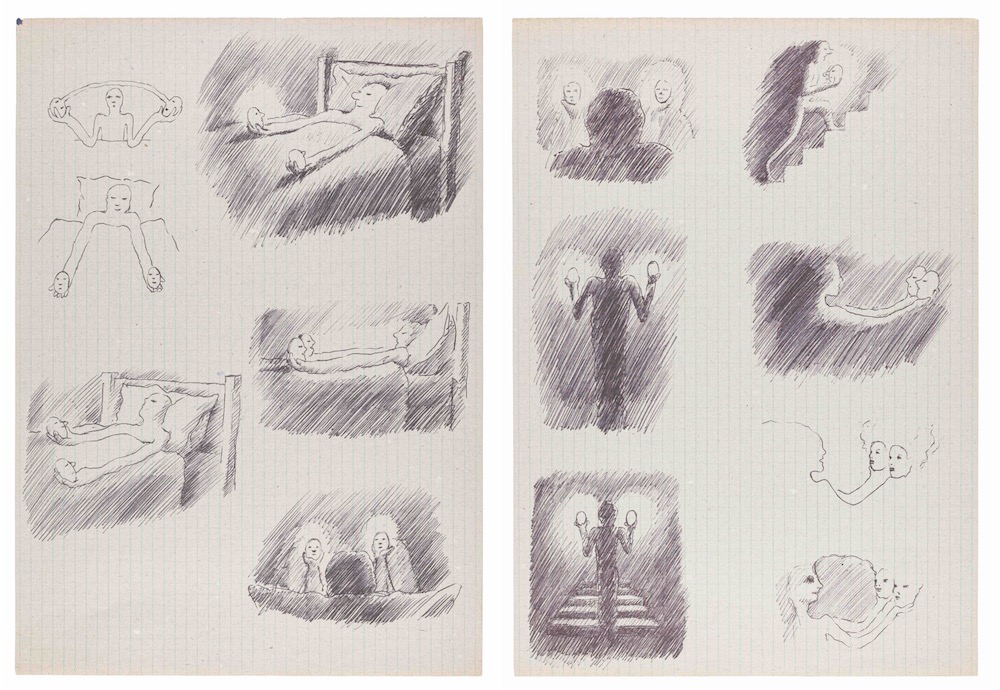
Wandlungen (Metamorphoses) series
What makes Weiss’s work provocative is its constant challenge to the hierarchies of art and visual culture. While Swiss art in the seventies oscillated between institutional solemnity and emerging media visibility, Weiss immersed himself in the ordinary. He drew in school notebooks, intervened in heftli, and explored the comic format alongside Matthyas Jenny and his magazine Nachtmaschine. His immersion in the banality of the everyday, observing apparently trivial objects and situations, ultimately transformed them into poetic commentaries on perception, time, and culture. This lateral gaze, inherited from the experimental context of Carona, anticipates the international impact of the duo. It is an art that, without resorting to sensationalism, redefines how reality is perceived and how creative collaboration is understood.
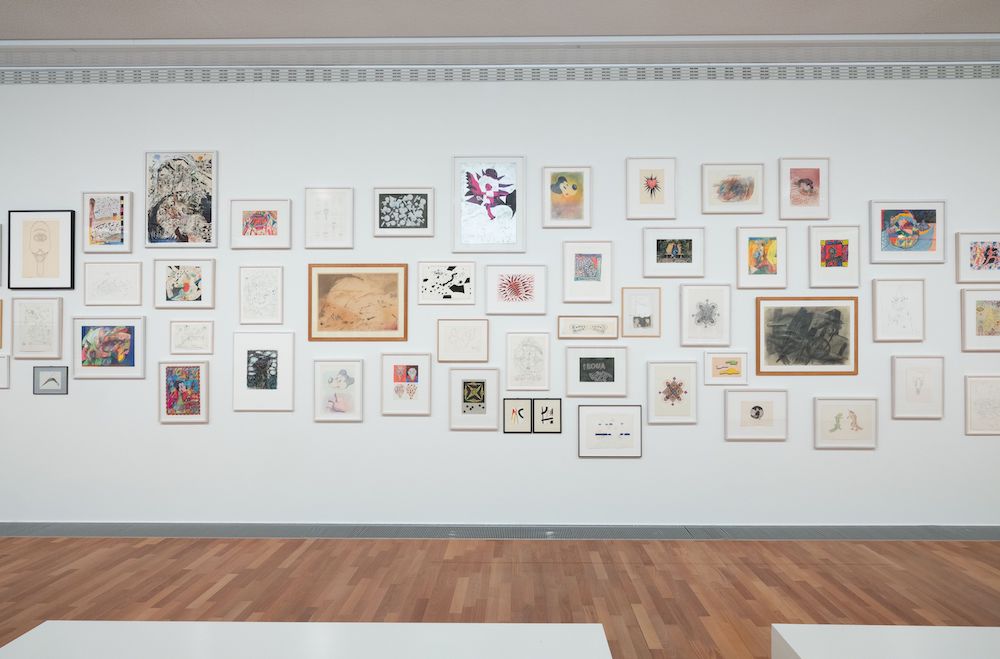
Vista de la instalación David Weiss. Il sogno di Casa Aprile, foto: Alfio Tommasini © MASI Lugano
From a historical perspective, Casa Aprile represents a foundational episode in the modernization of Swiss art, but also an alternative model to global art dynamics. This community not only challenged institutional rigidity but also proposed a de-professionalization of art through everyday gestures—from collective drawing sessions to handmade fanzines or sound recordings of the environment. Weiss was formed here with one foot in Swiss tradition—evident in his dialogue with figures like Hermann Hesse—and the other in the experimentation embodied by Meret Oppenheim herself. Thus, his later work with Fischli was not a rupture but the crystallization of this ecosystem where nature, community, and artistic practice nourished one another.
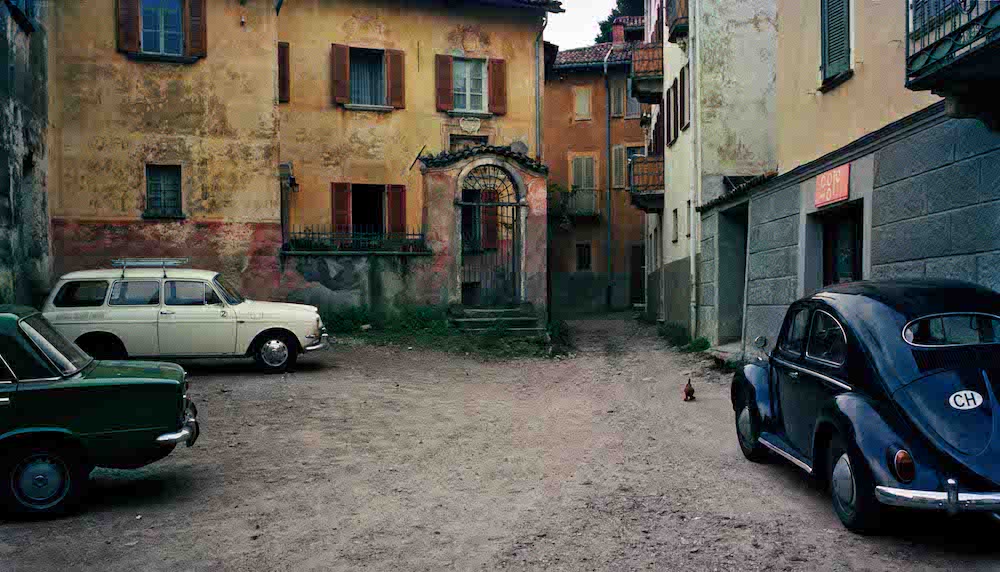
The exhibition David Weiss. Il sogno di Casa Aprile. Carona 1968–1978 transcends mere archival exercise to become a critical reflection on the mechanisms of artistic innovation. The show recovers a model where the local—a Ticinese village, a family home—becomes an incubator of local ideas with global projection. The works of Weiss and his contemporaries not only document shared days but also trace a cartography of everyday gestures elevated to artistic category: the sounds of the landscape recorded by Bruhin, Jenny’s fanzines, Spiller’s photographs. This approach, which measured artistic practice defined by its ability to generate thought and dialogue rather than its visibility, remains profoundly radical today. The idea that the everyday and the collective can sustain a rigorous artistic language challenges the increasingly dominant and competitive narrative of individualism and the spectacularization of art.
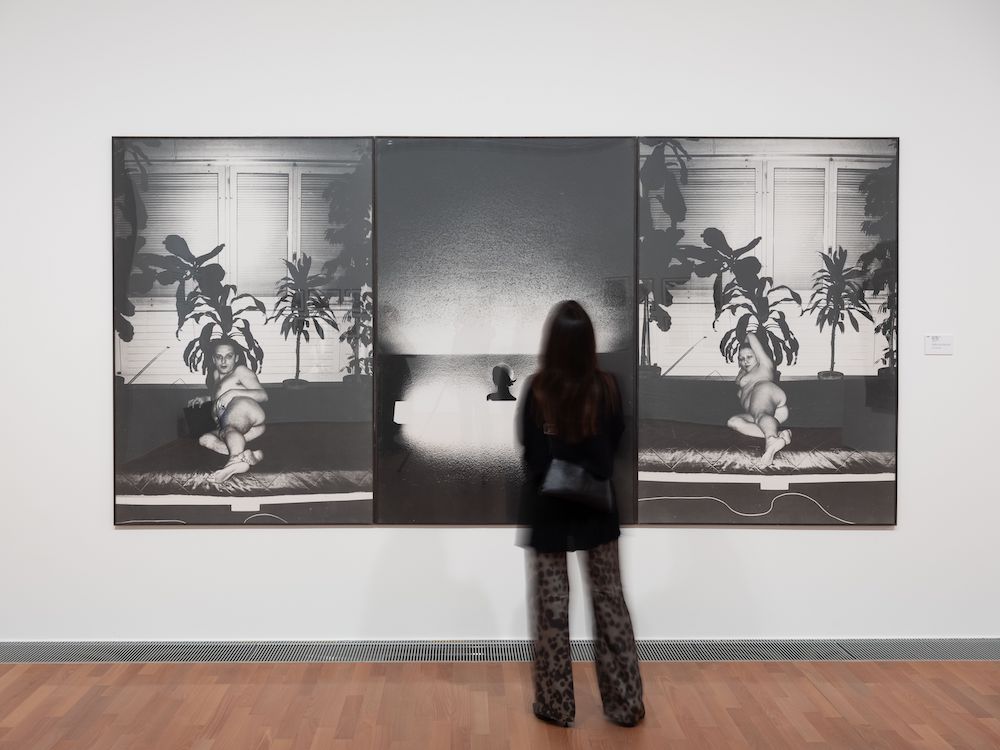
Vista de la instalación David Weiss. Il sogno di Casa Aprile, foto: Alfio Tommasini © MASI Lugano
Beyond its historical value, Weiss’s legacy raises uncomfortable questions about how we write art history. To what extent is the recognition of Fischli/Weiss indebted to that sentimental and collaborative education in Carona? The exhibition forces us to question the mythology of the individual genius and to reconsider the internationalization of Swiss art through these experimental nodes—seemingly peripheral yet fundamentally foundational. Places like Casa Aprile, apparently on the margins, confirm that context, memory, and encounter are as important as the finished work. MASI Lugano, by focusing on this period, not only preserves memory but activates it, transforming it into a mirror for reflecting on the challenges of contemporary artistic creation.
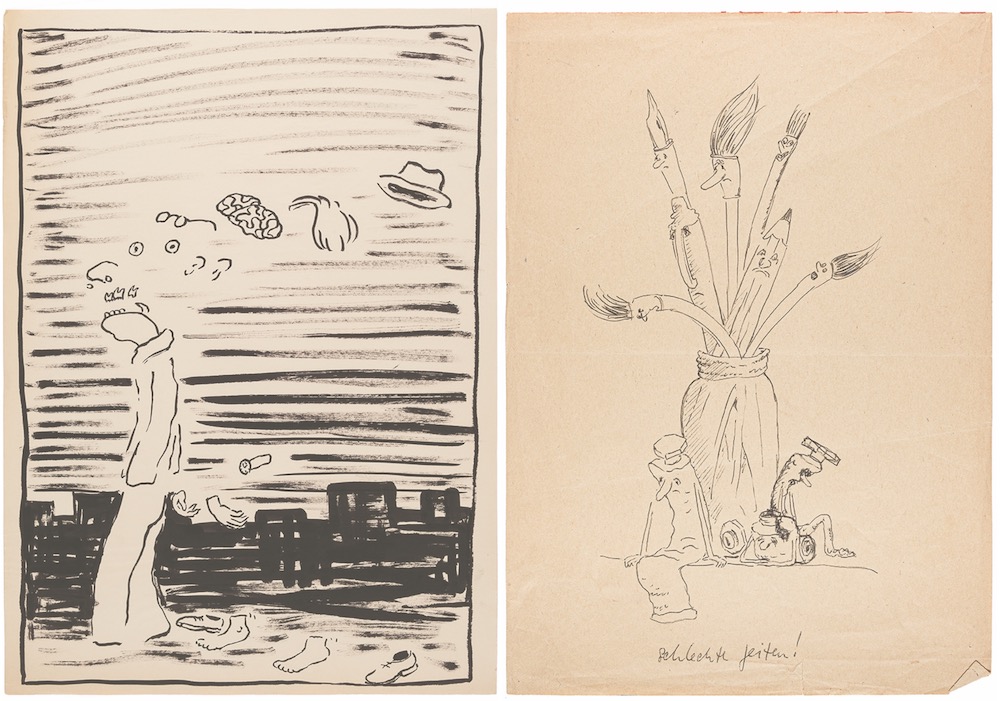
In sum, the exhibition is a reminder that artistic innovation arises in the interstices between community, space, and critical thought, and that David Weiss’s work cannot be understood outside these parameters. Casa Aprile is not just a place but a paradigm of how art can be profoundly local and radically universal at once. The “lost paradise” of Carona is a lesson in the power of collaboration, experimentation, and perception—elements that turned Weiss and, later, Fischli & Weiss, into reference points for contemporary art.
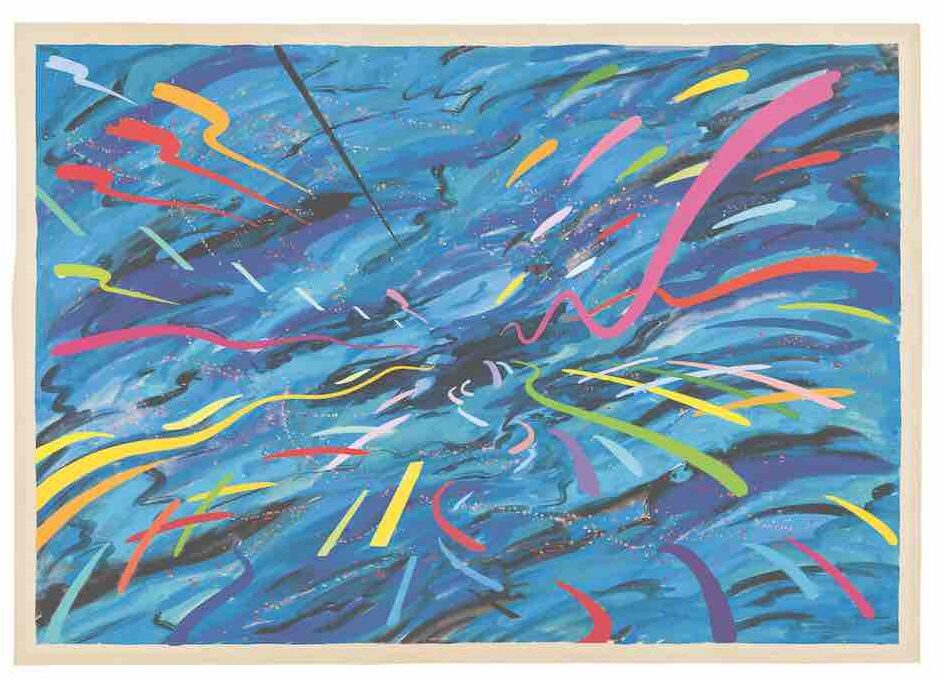
All images courtesy © MASI Lugano
(Featured front image: Installation view David Weiss. Il sogno di Casa Aprile, photo: Alfio Tommasini © MASI Lugano)
David Weiss. Il sogno di Casa Aprile. Carona 1968–1978 at MASI Lugano opened its door on september 28 and A*Desk was there. The exhibition runs until February 1, 2026.
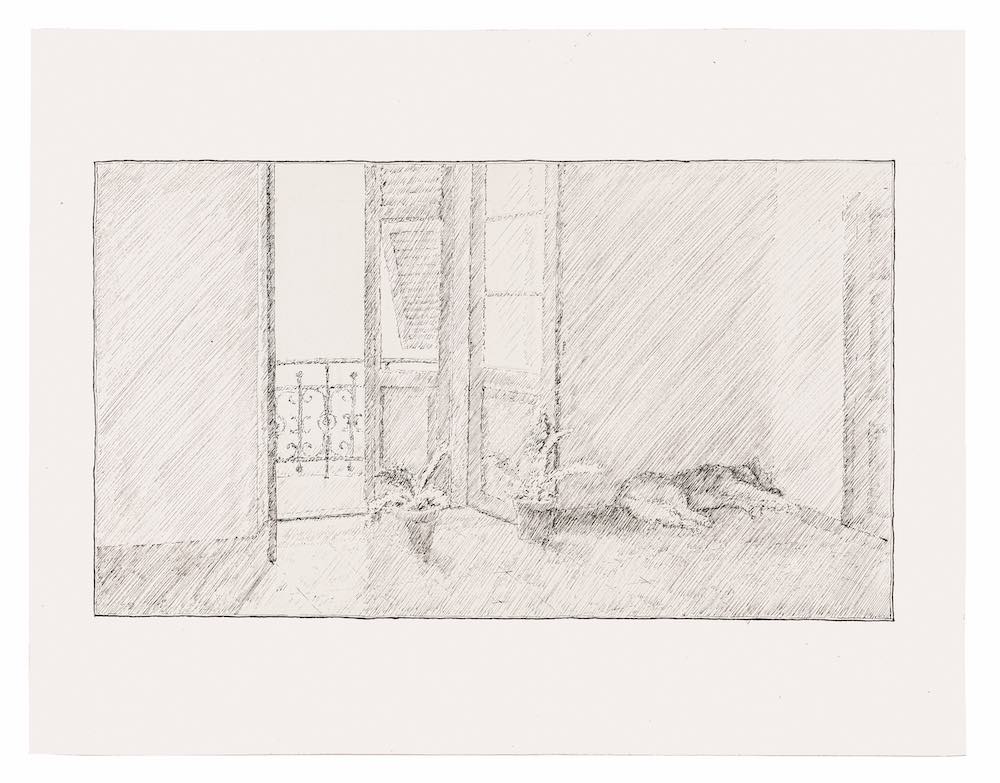
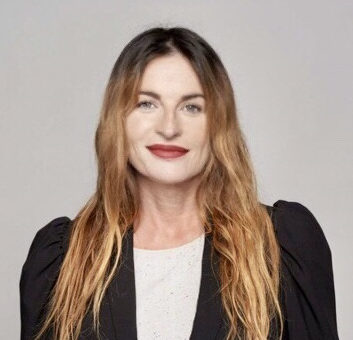
María Muñoz-Martínez is a cultural worker and educator trained in Art History and Telecommunications Engineering, this hybridity is part of her nature. She has taught “Art History of the first half of the 20th century” at ESDI and currently teaches the subject “Art in the global context” in the Master of Cultural Management IL3 at the University of Barcelona. In addition, while living between Berlin and Barcelona, she is a regular contributor to different media, writing about art and culture and emphasising the confluence between art, society/politics and technology. She is passionate about the moving image, electronically generated music and digital media.
Portrait: Sebastian Busse
"A desk is a dangerous place from which to watch the world" (John Le Carré)